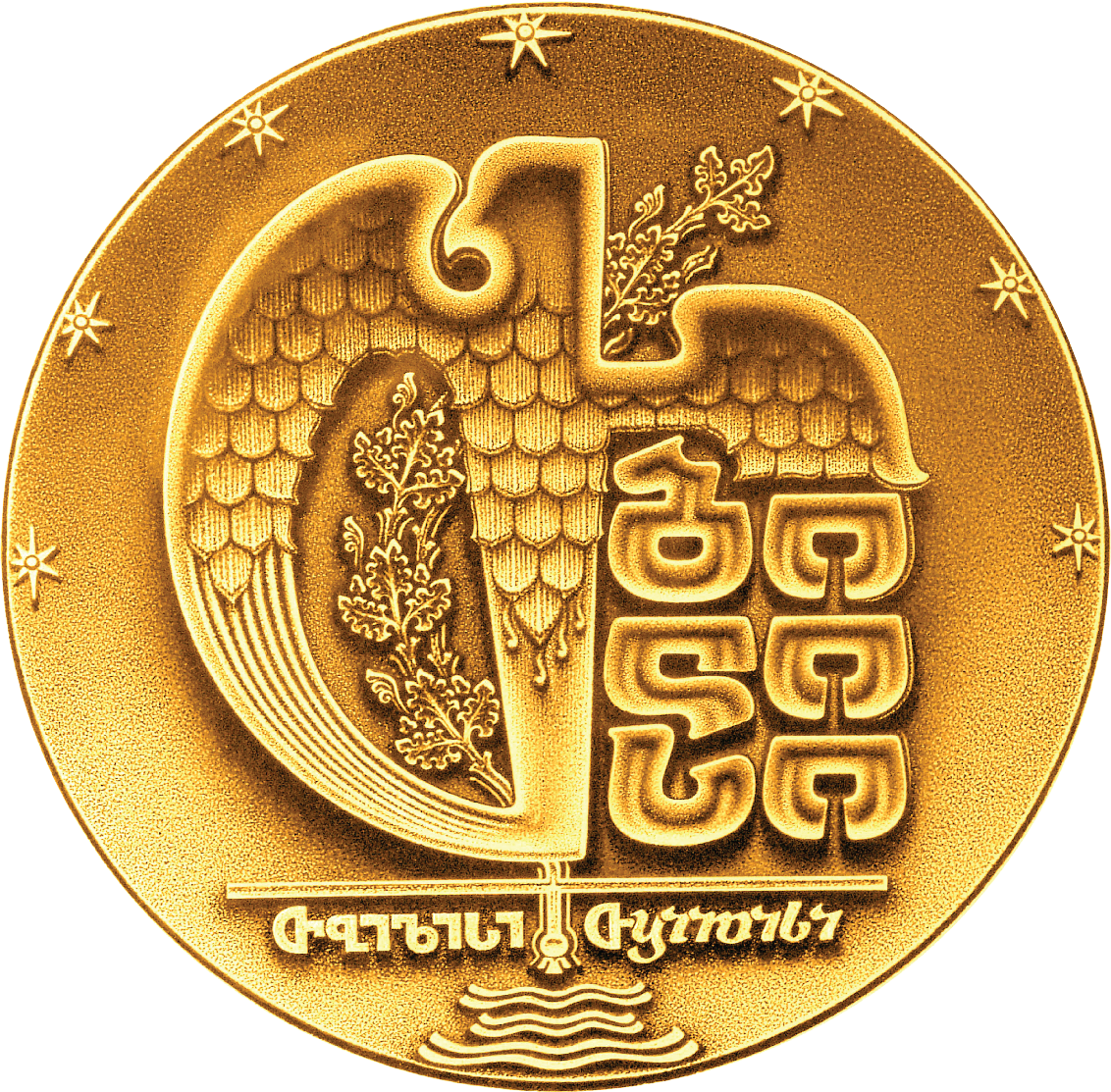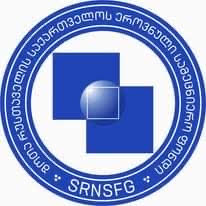020- Re-emergence of the Realist Novel in East-Central Europe during Post-Stalinism
Organized by: "Tudor Vianu" Research Center, University of Bucharest. Prof. Oana Fotache Dubalaru, Prof. Magdalena Raduta
English
Shortly after the end of WWII, the literary cultures of East-Central Europe were compelled to import the doctrine of socialist realism, which had already been active in the USSR for more than a decade. A malfunctional grafting of a would-be idealizing aesthetics and a formal pattern typical of traditional realism, the socialist realism brought along a new political novel with a limited collection of characters, narrative situations, and denouements, all projected against a overly simplified social background, painted in black and white. Yet after 1953 a gradual and slow process of breaking away from the impositions of this ideology unfolded in the Eastern bloc, a process that would experience very different rhythms and forms in East-Central European literatures.
In this seminar we are proposing an exploration of the modes in which writers and their public have reacted to the climate of restricted freedom that defined the age of Post-Stalinism by addressing several issues, as follows:
- the configuration of the “space of possibles” (Pierre Bourdieu) that would generate a certain type of literary response, for instance, the generic and formal choices (especially the novel) in a field under persistent ideological constraint, even if milder than before; when and why this configuration favors a return to interwar novelistic forms, or to a modified version of traditional realism, in order to meet the censorship requirements. We are interested to highlight the comparable transnational reactions to the new climate in terms of themes, styles, adaptations of classical forms of realism, or adoption of new models that would signal a break from socialist realism;
- the construction of the writer’s image as a prominent figure of the new social consciousness, with a double (and paradoxical) self-imposed mission: to testify about the truths of recent history and, at the same time, to project their fiction inside an aesthetic field distinct from the rigid structure of socialist realism;
- the establishing of a new “reading pact” through different narrative devices (ambiguity, allegory, parable, etc.) or revisited modernist categories such as the grotesque or the absurd, all these meant to trigger a subversive reading; the analysis of the tropes of complicity with a trained, perceptive reader, who was ready to decode and instill a counter-meaning in the ambiguous spaces of novelistic writing. Which are the peculiarities of this “value-added” realist reading that emerged as an adaptation to the ideological constraints?
We are looking for contributions that address one or more of these topics in view of reaching a comparative perspective on the new forms of the realist novel in the Eastern bloc during Post- Stalinism.
The Project was supported by Shota Rustaveli National Science Foundation of Georgia (SRNSFG) [grant number MG-ISE-22-170]












_001.png)



